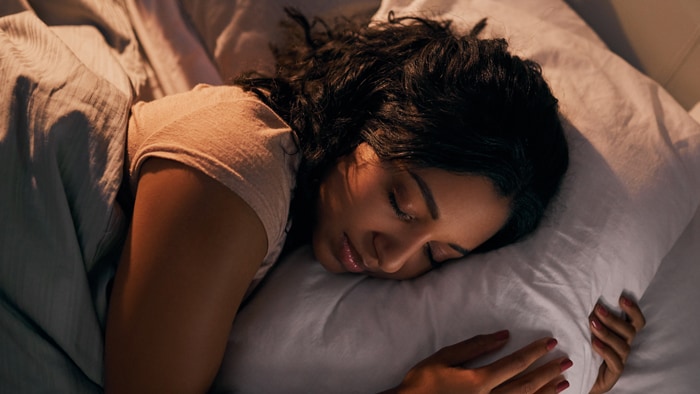Who has sleep apnea?
By Gina Roberts-Grey Sleep apnea is typically associated with snoring, but there’s a lot more to the potentially serious disorder that interrupts breathing repeatedly during sleep. Sleep apnea sufferers come from all walks of life, but there are consistent behaviors and/or lifestyle factors of those who have sleep apnea, according to the Mayo Clinic. Experts say it’s important to be able to spot the symptoms and risk factors to alleviate or even prevent complications that can include high blood pressure, fatigue, liver problems, sleep deprivation or even cardiac arrest. There are two types of sleep apnea: obstructive sleep apnea, the most common form that occurs when throat muscles relax during sleep, and central sleep apnea, which occurs when the brain doesn’t send the proper signals to the muscles that control breathing. According to the Mayo Clinic, signs and symptoms of both types of sleep apnea overlap, which can make it tough to diagnose a specific type. But the most common signs and symptoms of both obstructive sleep apnea and central sleep apnea include: While males have a greater chance of having sleep apnea and age increases the risk— more patients are diagnosed at age 60 or older—the Mayo Clinic and National Sleep Foundation (NSF) say it can affect anyone, even children. Here’s a look at what some of the traits and lifestyle factors of the average sleep apnea patient, according to the Mayo Clinic: Overweight: Although slender people also can develop the disorder, people with weight problems tend to have fat deposits around their upper airway, which may obstruct breathing. Thick neck: This trait often is associated with a narrower airway, and can lead to the disorder. Narrowed airway: In addition to a thick neck, an inherited naturally narrow throat or enlarged tonsils or adenoids can block the airway and lead to sleep apnea. Genetic predisposition: Genetically inherited physical traits like your face and skull shape, characteristics of your upper airway muscles, and body fat content and distribution could all contribute to whether or not you are more prone to suffer from sleep apnea. Race: In people under 35 years old, young African-American men are more likely to have obstructive sleep apnea. Use of alcohol, sedatives or tranquilizers. Because these substances relax the muscles in a person’s throat, frequent use can lead to the disorder. Smoking. Smoking can increase the amount of inflammation and fluid retention in the upper airway, smokers are three times more likely to have obstructive sleep apnea than people who’ve never smoked. Nasal congestion. Allergies, a deviated septum and other issues that make it tough to breathe through the nose increase the risk of sleep apnea. If you have any of these symptoms, talk to your doctor about your specific risk of sleep apnea and to determine whether an evaluation or a sleep study is needed to rule out sleep apnea. You can also take our sleep apnea symptoms quiz to find out if you’re at risk.



